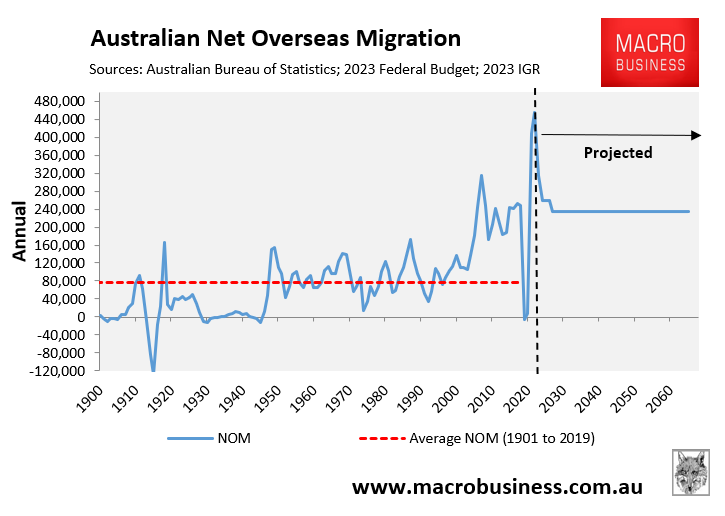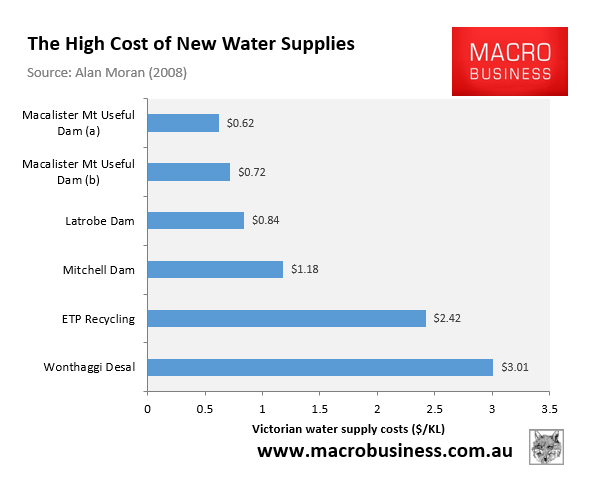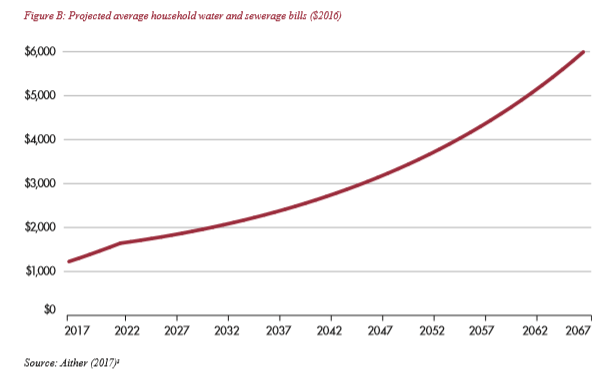Queensland’s state cabinet has approved the construction of a new desalination plant north of Brisbane, with the plant expected to cost between $4 billion and $8 billion to build.
With Seqwater telling the government a new source of drinking water would be needed within the next 10 years because of population growth and the impact of climate change.
Stuart Khan, a UNSW professor in the school of civil and environmental engineering, said the government should instead use water from the Western Corridor Recycled Water Scheme, which was built during the last drought.
“To go and spend, potentially, another $8bn on top of that without making use of that initial investment, I would say is fiscally irresponsible”, he said.
“Some of that cost will come back to taxpayers through increased water bills but there will also be ongoing additional costs”.
“The operational costs for seawater desalination are much greater than the operational costs for purified recycled water, and that mainly comes down to the electricity bill.”
Why is the federal government maintaining an aggressive population growth policy if climate change reduces rainfall and Australia faces chronic future water shortages?
Why are we pursuing a Big Australia immigration program in the world’s driest continent?
According to the 2023 Intergenerational Report, Australia’s population will reach 40.5 million by 2062-63, with long-term net overseas migration (NOM) of 235,000 per year driving the increase:

That means the country’s population will rise by the combined populations of Sydney, Melbourne, Brisbane, and Adelaide in under 40 years, with Sydney and Melbourne becoming cities with populations of roughly 9 million people each.
Australia experienced a catastrophic drought only four years ago, with water supplies running dangerously low.
What will happen the next time Australia is forced to provide water and food to millions more people due to a drought?
Australia will need to build a battery of costly, energy-intensive, and environmentally destructive desalination facilities to serve the additional 14.2 million people. Desalination is substantially more expensive than traditional sources, hence water prices will rise:

Providing desalinated water to inland locations such as Western Sydney is particularly complex and costly.
This means that residential and commercial water prices would have to rise to support the federal government’s mass immigration agenda, which would disproportionately affect lower-income households.
According to Infrastructure Australia, due to population increase and climate change, real household water expenses would more than triple, rising from $1,226 in 2017 to $6,000 in 2067:

Water is yet another example of how the ‘Big Australia’ mass immigration program devastates both working-class living standards and the environment.
The easiest and most cost-effective thing our policy makers can do to protect the country’s water supply is to limit immigration to the pre-2005 average level of roughly 100,000 people.
Because the federal government’s ‘Big Australia’ mass immigration agenda is Australia’s greatest threat to its water supply.

